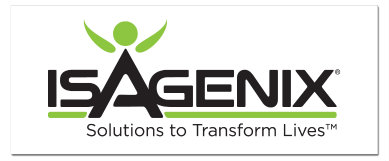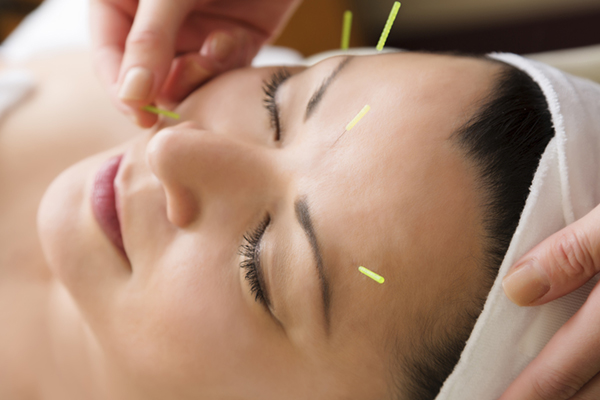Relaxation Techniques
Our fast-paced society often causes people to push their minds and bodies to the limit, often at the expense of physical and mental well-being. According to the Mind/Body Medical Institute at Harvard University, between 60 and 90 percent of all medical office visits in the United States are for stress-related disorders. Relaxation techniques are helpful tools for coping with stress and promoting long-term health by slowing down the body and quieting the mind. Such techniques generally entail: refocusing attention (by, for example, noticing areas of tension); increasing body awareness; and exercises (such as meditation) to connect the body and mind together. Used daily, these practices can over time lead to a healthier perspective on stressful circumstances.
How Does Relaxation Techniques Work?
There are three major types of relaxation techniques:
Autogenic training. This technique uses both visual imagery and body awareness to move a person into a deep state of relaxation. The person imagines a peaceful place and then focuses on different physical sensations, moving from the feet to the head. For example, one might focus on warmth and heaviness in the limbs, easy, natural breathing, or a calm heartbeat.
Progressive muscle relaxation. This technique involves slowly tensing and then releasing each muscle group individually, starting with the muscles in the toes and finishing with those in the head.
Meditation. The two most popular forms of meditation in the U.S. include Transcendental Meditation (students repeat a mantra [a single word or phrase],) and mindfulness meditation (students focus their attention on their moment-by-moment thoughts and sensations).
Health Benefits of Relaxation Techniques?
Research suggests that meditation can help improve a person's quality of life and reduce stress hormone levels.
Studies also show that relaxation techniques reduce the perception of pain. One study found that among patients undergoing colorectal surgery, those who listened to guided-imagery tapes before, during, and after the operation had less pain and needed fewer pain medications than those who did not.
Meditation has also been used as part of the treatment for post-traumatic stress disorder in Vietnam veterans and to break substance abuse patterns in drug and alcohol abusers. Relaxation techniques can also enhance coping skills in migraine sufferers and reduce stress as well as improve mood in those with cancer.
In general, studies show that with consistent practice, relaxation techniques can potentially reduce symptoms or improve outcomes in the following conditions:
- premenstrual syndrome
- pain
- irritable bowel syndrome
- anxiety
- infertility
- high blood pressure
- high cholesterol
- diabetes
- panic disorders
- chronic tension headaches
- fibromyalgia
- insomnia
- psoriasis
- arthritis
- hyperactivity in children, as in attention deficit hyperactivity disorder (ADHD)
- It is extremely important that usual medical care and advice by followed for these conditions as well. Relaxation techniques are meant to complement usual medical care.
What Can I Expect From Relaxation Techniques?
When we become stressed, our bodies engage in something called the "fight or flight response." The fight or flight response refers to changes that occur in the body when it prepares to either fight or run. These changes include increased heart rate, blood pressure, and rate of breathing, and a 300 to 400 percent increase in the amount of blood being pumped to the muscles. Over time, these reactions raise cholesterol levels, disturb intestinal activities, and depress the immune system. In general, they leave us feeling "stressed out."
However, we also possess the opposite of the fight or flight response?the "relaxation response." This term, first coined in the mid-1970s by a Harvard cardiologist named Herbert Benson, refers to changes that occur in the body when it is in a deep state of relaxation. These changes include decreased blood pressure, heart rate, muscle tension, and rate of breathing, as well as feelings of being calm and in control. Learning the relaxation response helps to counter the ill effects of the fight or flight response and, over time, allow the development of a greater state of alertness. The relaxation response can be developed through a number of techniques, including meditation and progressive muscle relaxation. It is now a recommended treatment for many stress-related disorders.
Cautions about Relaxation Techniques
Relaxation techniques are considered to be very safe. There have been unusual cases where people become more, rather than less, anxious when using the techniques because of a heightened awareness of body sensations. Even more rare are reports of pain, heart palpitations, muscle twitching, and crying spells associated with the use of relaxation techniques. When this happens, it is often related to the process of relaxing and reflecting inward such that emotions become very poignant.
Experts advise people with schizophrenia and other forms of psychosis (thought disorders that distort reality) to avoid relaxation techniques.




